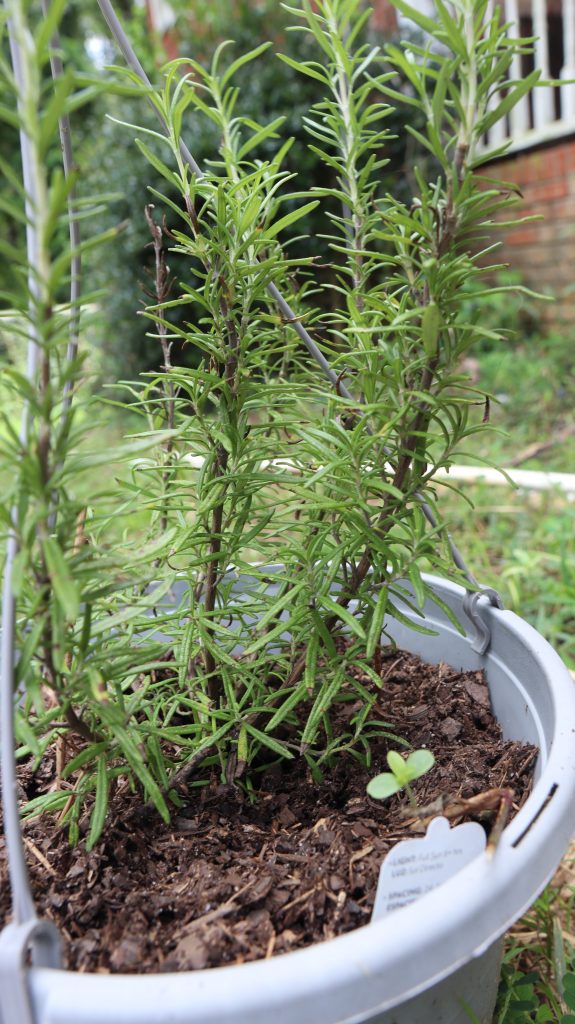Container Gardening
There are so many styles and ways to garden, from container Gardening to in-ground gardening. Some are simple, while others are extravagant. From growing plants in containers to growing plants directly in the ground, there are many types of gardens to choose from. The bottom for drainage. The excess water needs to drain out of your pot or container so it doesn’t pool in the bottom and inevitably cause root rot for your plant. Most plants do not handle sitting water; There are, of course exceptions to this.

Container Gardening: Container Gardening is perfect for people who have small spaces, and have the desire to grow something pretty, and/ or edible, the opportunity to do just that. Growing in containers is great for beginner gardeners. You can grow almost any plant in a container. When choosing your container, figure out the root growth of the plant(s) you’re growing.
There are many types and sizes of containers you can use for your garden; gardening pots, old Tupperware, Green-stalk, Window Boxes, Recycled items such as milk jugs, old strawberry containers, and detergent bottles; Frankly, I could keep going, but I think you get the idea! Make sure your containers are clean and have holes in the bottom for drainage. Excess water needs to drain out of your pot or container. Most plants do not handle sitting water; there are, of course, exceptions to this. (An example would be rice.) You’re also going to need soil. Your plants need good soil to grow. High in nutrients and vitamins. When growing in containers, you can grow with bagged potting soil with fertilizer mixed in.
Want to learn about Raised Bed Gardening?
How about In-ground Gardening?
Watering:
When it comes to watering your plants, understand this; Yes, your plants need water, but it’s not the plants you should water, water the soil. Your plants pull water and nutrients from the soil. Watering the foliage won’t do anything for the plant except add moisture that could cause mildew and other plant diseases. It can be a little confusing if you go by the back of the seed packets.
Typically you’ll see information such as; Water 1-2 inches per week. Don’t overthink this. Basically, you just want to make sure the soil is moist, not soaking. Water when the top two inches of the soil is dry. Simply poke a finger into the soil, if it’s dry, water. Don’t make watering over complicated. To help retain soil moisture, mulch your beds with straw or wood chips.

